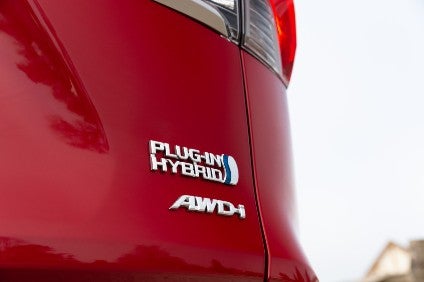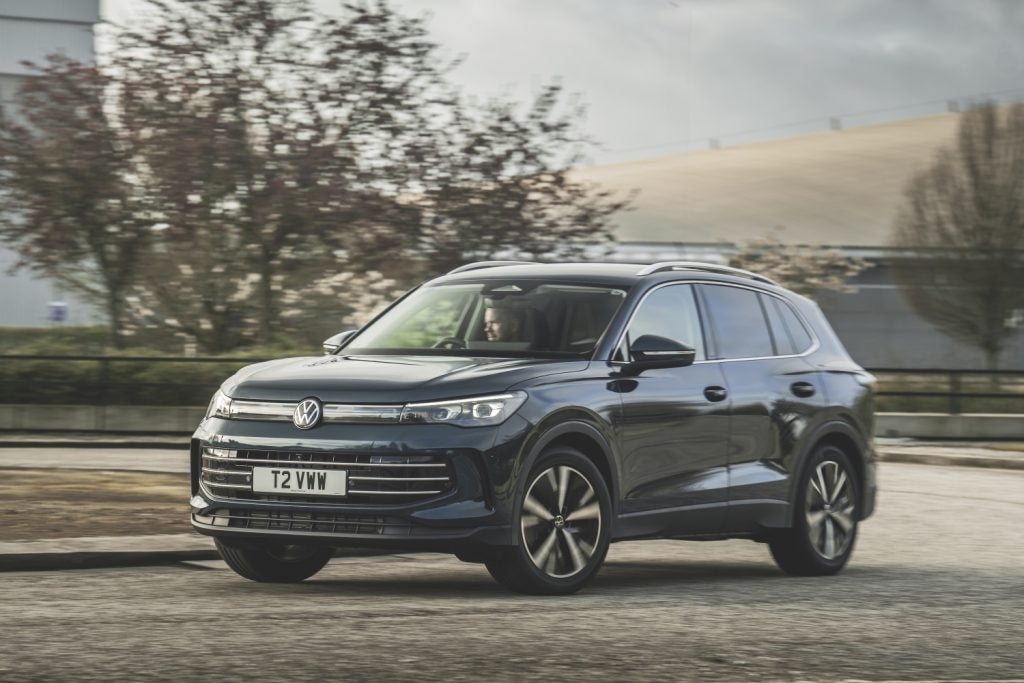In a buoyant Australian market, Saab’s sales graph has been on a downward spiral
over the last few years. But a new broom is now sweeping through the firm’s wholly-owned
Down Under subsidiary, reports Peter McKay.
Somehow Saab managed to miss the salad days in Australia.
While the last three years have been the best ever for the industry, the Swedish
carmaker’s volumes have dipped every year since 1997. That’s not good.
And it’s also the reason why a new management team has been installed and a
new broom is being wielded vigorously.
The prime reason for Saab’s slide in Oz, according to a former whiz-kid retailer
from BMW, Tony Jennett, who heads a new team installed mid-2000, is the brand’s
lack of identity.
"Every product has been marketed differently," says Jennett, who
was raised in the tough steel city of Wollongong in New South Wales state. "The
buyers can be mistaken for being confused about what Saab stands for.
How well do you really know your competitors?
Access the most comprehensive Company Profiles on the market, powered by GlobalData. Save hours of research. Gain competitive edge.

Thank you!
Your download email will arrive shortly
Not ready to buy yet? Download a free sample
We are confident about the unique quality of our Company Profiles. However, we want you to make the most beneficial decision for your business, so we offer a free sample that you can download by submitting the below form
By GlobalData"Now we have a consistent approach and flavour to a prestige product,
and this is endorsed by our dealers. They were telling us that price cuts and
bargain basement deals were no way to position an upmarket brand.
“They realised it’s no good ‘dropping your pants’ as the would-be buyer
walks into the showroom."
The accountants were also concerned about the money going into advertising.
"Saab was a ‘leader’ in advertising spend per unit – costs were rising
while sales were falling," he says.
Jennett also noted that while the subsidiary was pushing metal to dealers,
this didn’t necessarily mean cars were being sold – the pipeline was clogged
at the retail end.
Now the dealers and Saab are working more closely.
The shotgun approach in marketing and advertising has been discarded in favour
of a rifle – specific niche selling is de rigueur.
"But first we had to find the targets," says Ray Webb, the new Integrated
Marketing Manager (hey, that’s really his title!).
Saab has done a deal with Opera Australia, which includes gaining access to
its database of 60,000 people – mainly from ‘the right side of town’.
Additionally, Saab is working its existing database of 30,000 and in a study
of 22,000 existing owners has found five distinct groups ranging from diehards
(those who’ll buy another Saab) to defectors (those who are set to abandon the
brand).
"We’ll now fish where the fish are – the professional people out there,"
says Webb.
Along the way Webb has found that Saab owners are "slightly different,
slightly left field, and a little more interesting than other buyers of luxury
cars".
"You’d rather sit next to a Saab owner than a BMW owner on an aeroplane,"
he remarks.
Research also found that, in the prestige sector, Saab owners are the highest
users of the Web – www.saab.com.au has been getting hit more often than Mike
Tyson’s sparring partners.
So Saab will be using e-mail selectively to communicate with clients present,
past and – hopefully – future. It is also emphasising easy access via a free
phone line to a customer call centre.
New systems, and some integration and leverage opportunities with parent General
Motors and its local arm, Holden, have also been rewarding.
Interestingly, Saab and Holden, icons in their respective homelands, produce
similar numbers – around 135,000 units. The difference is that Saab spreads
its volumes very thinly around the globe while Holden is the passenger car leader
in Australia, with some exports (mainly to the Middle East and South America).
At Saab in Australia, as the changes took hold, the sales slide was halted
in the last six months of 2000.
Jennett now believes he and his troops can permanently stop the rot in 2001
and even find a few hundred more sales this year.
Changes beyond a more cohesive marketing and advertising approach and an end
to overt discounting include model rationalisation, an emphasis on value-for-money
luxury positioning, and improvements to specification (all models) and performance
(most models).
Boldly, too, Jennett lifted prices a little as he introduced more features
to the range.
"They [the buyers] are actually getting better value and a better product
and we think they’re prepared to pay more for a more appealing car."
Of course, the absence of new models means Saab Automobile Australia – like
distributors of the brand around the world – needs to tread water until model
year 2003.
"Saab will launch a new model every year through until the end of the
decade," says Jennett.
It is General Motors‘ stated aim to have Saab represented in every key prestige/luxury
segment.
"We don’t have a coupe, a four-wheel drive or crossover vehicle, a roadster
or a unicab product – but things are changing," says Jennett.
Slowly.
|
Saab |
|
|
1997
|
3234
|
|
1998
|
3000
|
|
1999
|
2628
|
|
2000
|
2524
|
|
2001
|
2805
(forecast) |
Author Peter McKay writes for the Australian car magazine Wheels and the
Sydney Morning Herald.







